Living systems
The term "living systems" implies a relationship and feedback loops between an individual and these systems. This theme covers research on biodiversity and nature-based solutions.
“ Making the most out of urine in agriculture isn't a technological or technical issue, it's a matter of social organization. ”
“ Making the most out of urine in agriculture isn't a technological or technical issue, it's a matter of social organization. ”
Recycling urine to fertilize the soil
Since urine is an inexhaustible ecological fertilizer, why not use it instead of chemical fertilizers that are expensive to produce? Designer Louise Raguet suggests bringing back to the fields what has been collected there. Her research with the LEESU laboratory (École des Ponts) has led her to develop a unique project: urine separation in the future Saint-Vincent de Paul district of Paris.
“ Exchanges of material flows are territorialized: in this sense, they are part of systems of power. ”
“ Exchanges of material flows are territorialized: in this sense, they are part of systems of power. ”
Urban metabolism, at the heart of the matter
When we speak of urban metabolism, we are generally referring to the materials that enter and leave the city organism. Among these, waste plays a decisive role, challenging our understanding of what is clean and what is dirty, what is at the end of its life and what can be reused, what is new and what is outdated. Thus, studied from a qualitative rather than quantitative approach, waste reveals a great deal about our urban imaginations, which differ from country to country across the globe. This is what geographers Clément Dillenseger and Pierre Desvaux explain in Métabolisme(s). Matière en circulation, matière en transformation [Metabolism. Circulating matter, transformed matter] (co-authored with Laëtitia Mongeard, published by Éditions deux-cent-cinq). Read the podcast’s transcript.
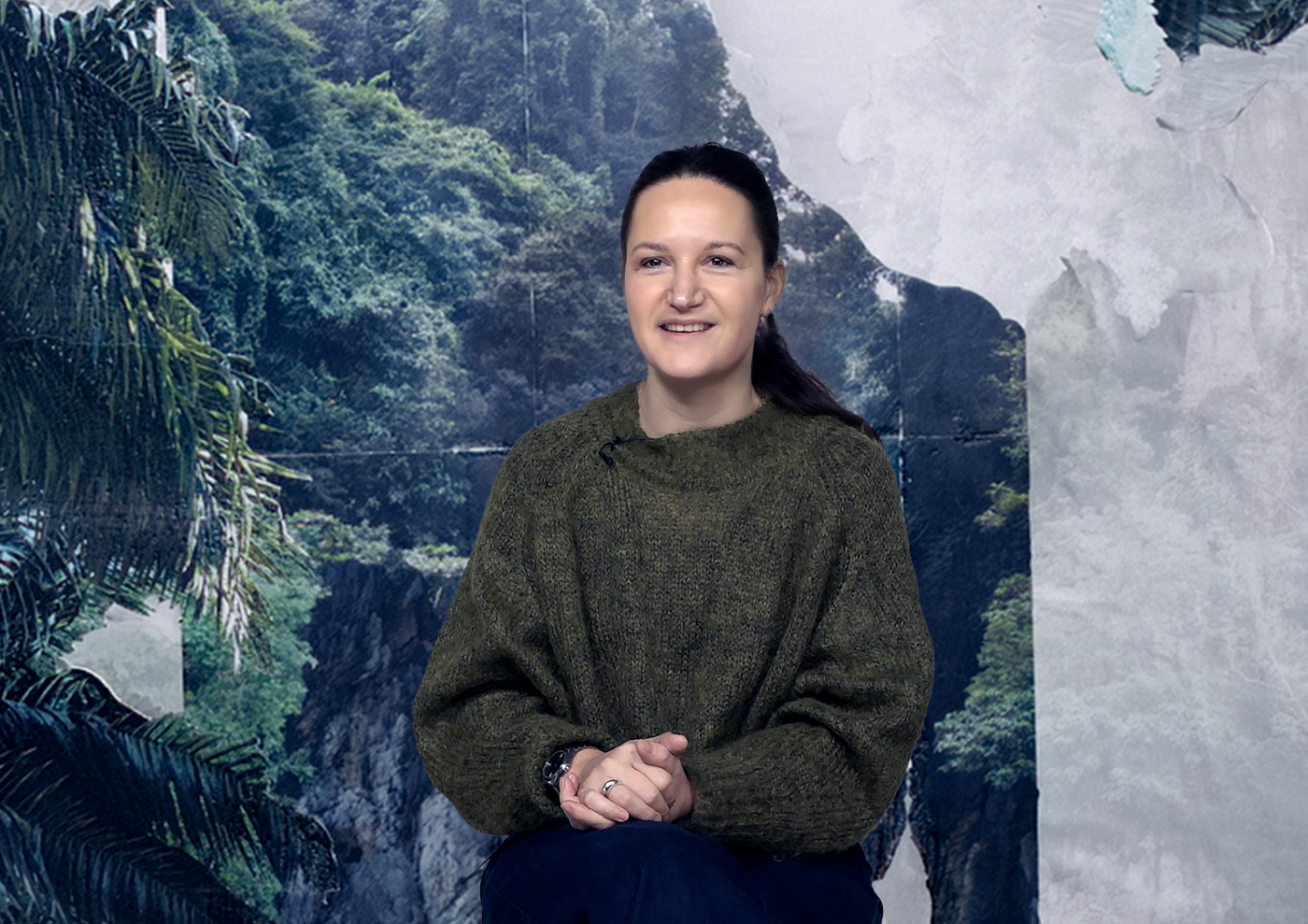
Representing geological time
Noémie Goudal is a visual artist. Finalist for the 2024 Marcel Duchamp award, she works on our relationship with time, with a particular interest in paleoclimatology: the history of ancient climates. Basing her artistic work on the research carried out by contemporary scientists, she questions our relationship with the landscape and its movement, redefining our perception of the world.
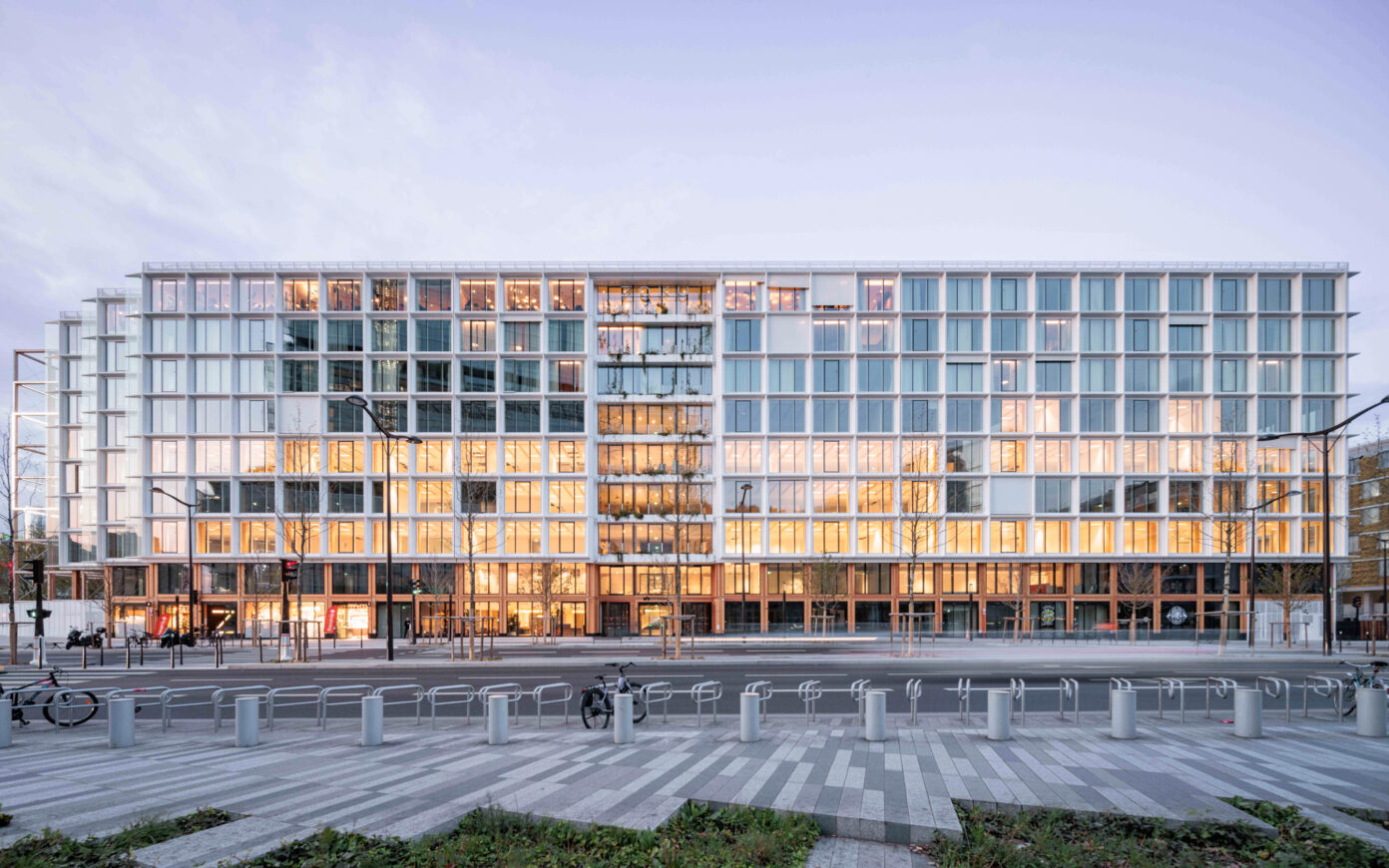
Covivio, Hines France, and PCA-STREAM have come together to create the Stream Building, a manifesto building located at the heart of the new Clichy-Batignolles district that integrates almost fifteen years of research by Stream Lab into innovations addressing the key challenges facing the cities of tomorrow. Circular by design, the Stream Building is a relational and productive hub that will energize this new urban center within the Greater Paris area by concentrating all the activities associated with a vibrant urban life.
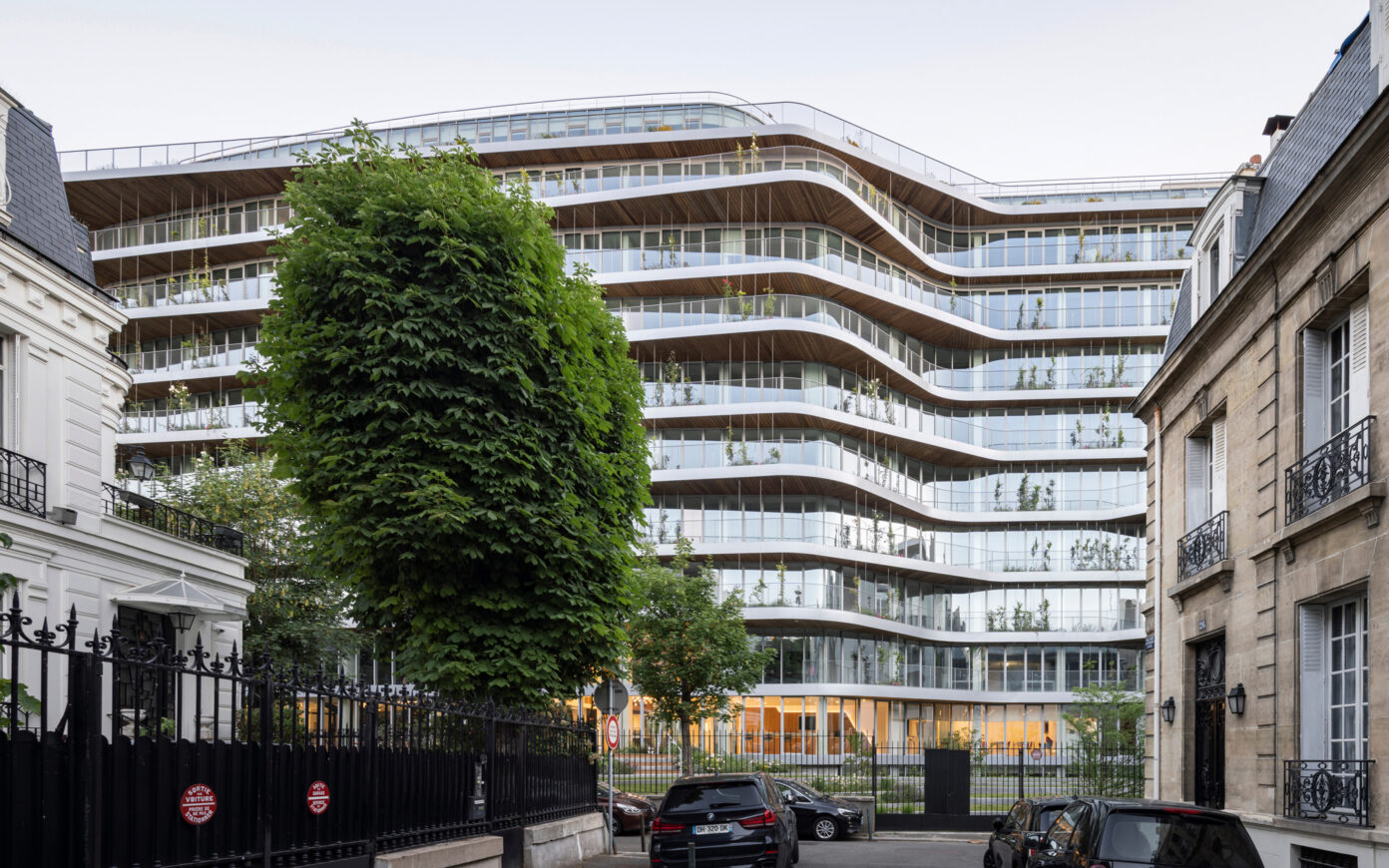
In the heart of the revitalized Porte Maillot district, PCA-STREAM revisits the Parisian modernist heritage and extends the city-nature dialogue. The agency’s intervention respects and enhances the architectural qualities of the original structure. On the north side, the façade grid is reinterpreted in a contemporary style inspired by its original rigorous layout. Designed as a balcony overlooking the Bois de Boulogne, it highlights the exceptional linear nature of the building with unobstructed views of the greater Parisian panorama.The new headquarters of Murex, the world leader in software for the financial markets, was designed above all to maximize interaction and collective intelligence, an essential function of a head office that has been reinforced by the health crisis. Spaces are streamlined and legible, and fluid circulation is ensured by a core of elevators and Chambord staircases on the first day. Employees meet and exchange ideas in a place conducive to informal dialogue.
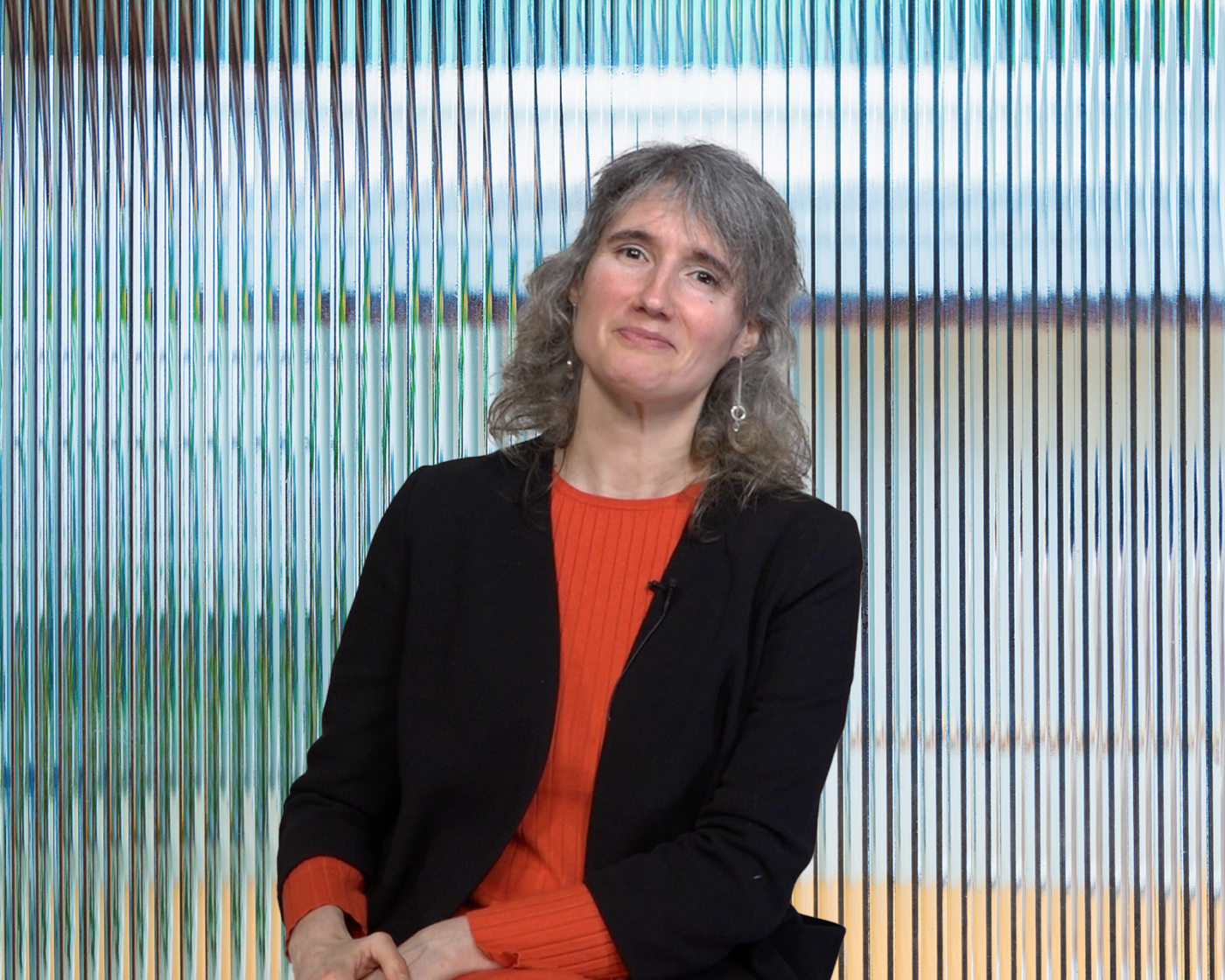
Working with living matter
Aurélie Mossé is a designer, researcher and head of the Soft Matters research group at the Ecole des Arts Décoratifs. Using micro-organisms, she is experimenting with the manufacture of innovative materials that are less costly in terms of fossil fuels or non-renewable resources. By producing calcite, bacteria could become allies in the creation of solid building materials.
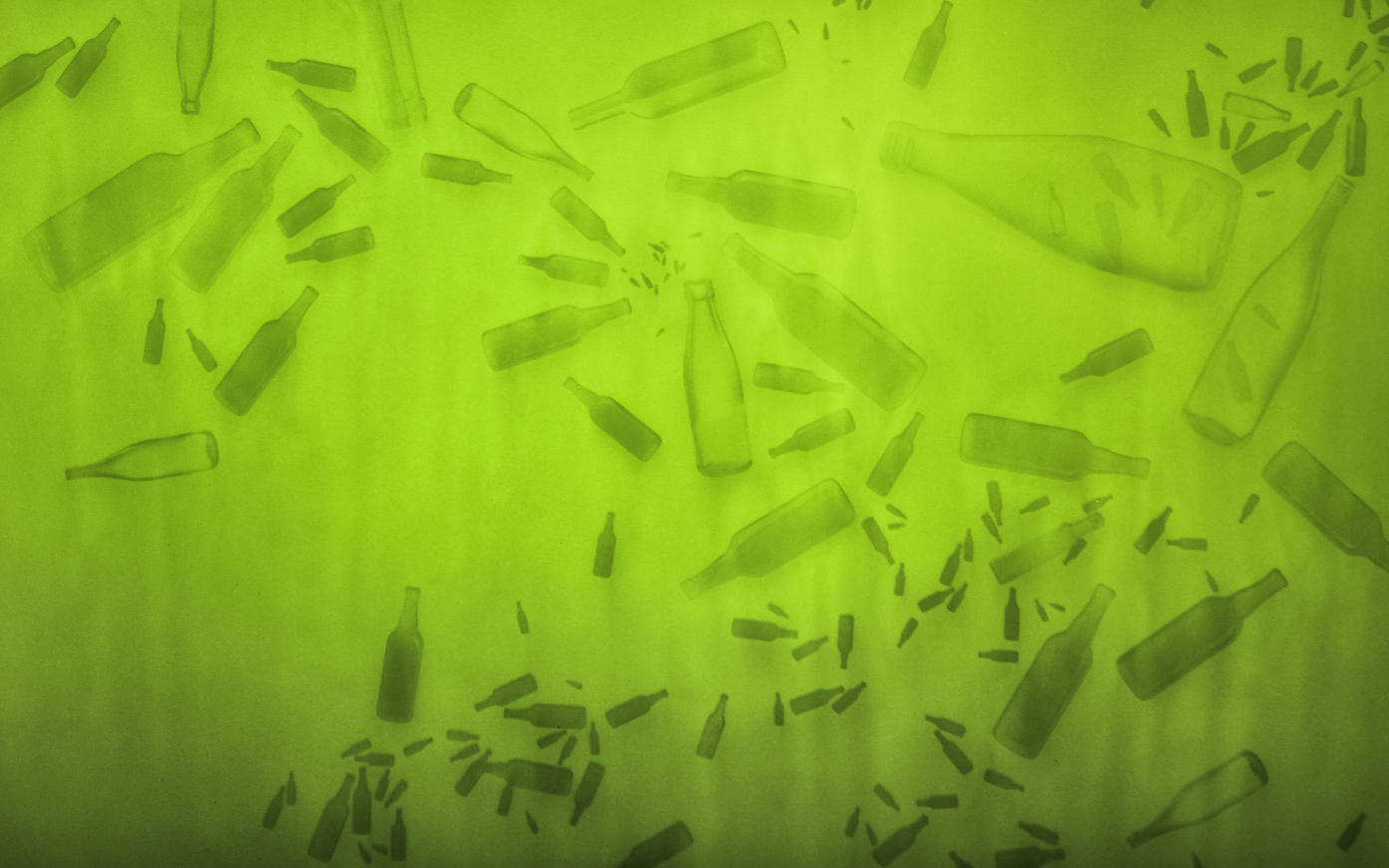

Collective Intelligence in the Making
Collective intelligence has become key to understanding and acting upon the complexity of the contemporary world. But how can the conditions for its advent be brought about? Originating in PSL, the “Life in the Making” collective, which brings together researchers in natural sciences, in the humanities, as well as artists, has been exploring this dialogue between intelligences around the theme of the living since 2014. By operating through a flexible framework, the collective has developed a praxis of interdisciplinary collective intelligence—all the while establishing new insights on life, in particular through experimentations between art and science.
“ What can we change in the way we inhabit the land to preserve the soil as an environment? ”
“ What can we change in the way we inhabit the land to preserve the soil as an environment? ”
Soil as an environment, property as an inhabiting capacity
Elissa Al Saad is an architect and laureate of the 2023 Palladio Fellowships for her thesis on soil as an environment. By comparing different possible forms of land appropriation, she raises the issue of preserving land resources in relation to ownership. The aim is to think of property as a support for a way of inhabiting that considers land as a common good.
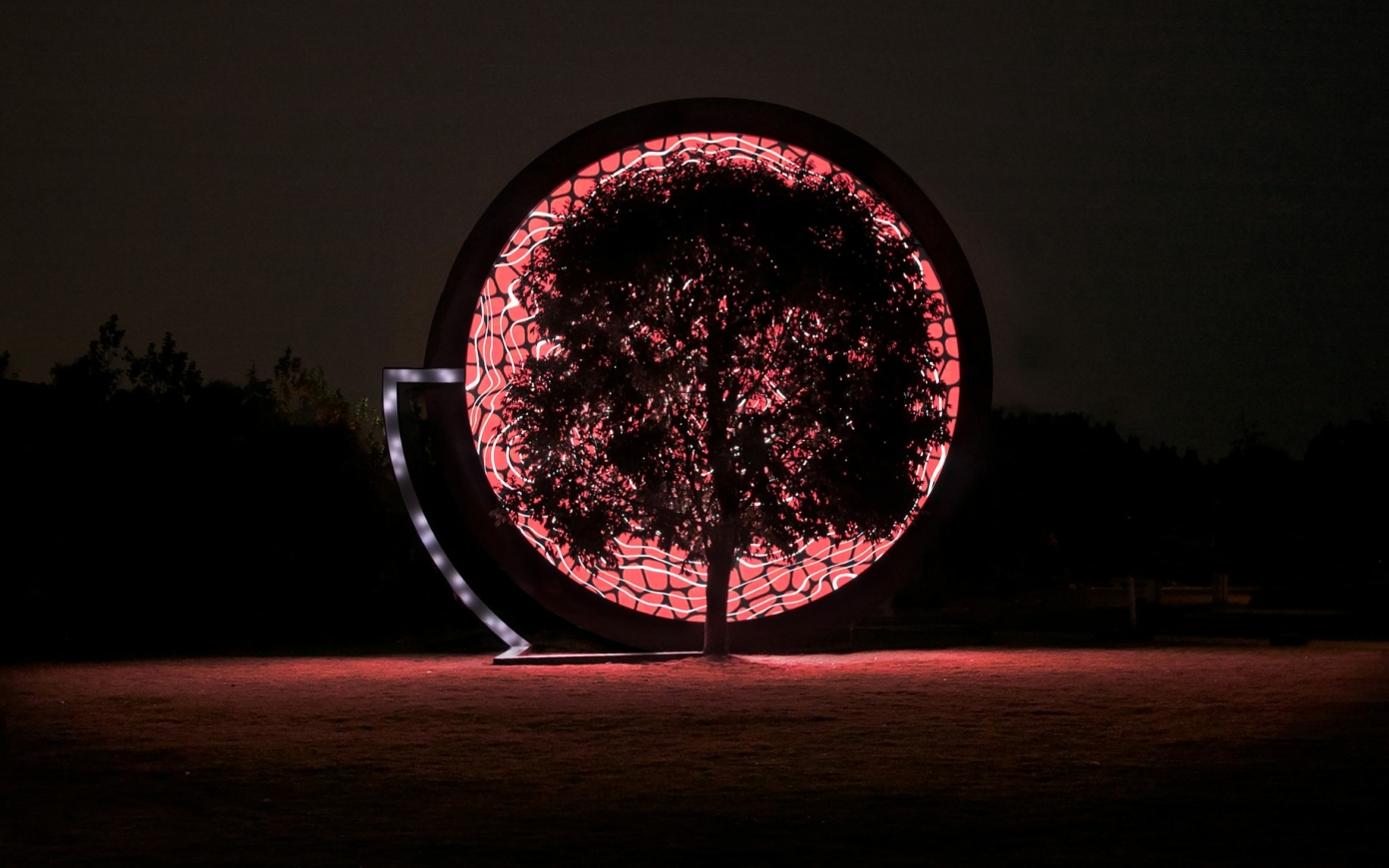

Experimenting with environmental art
Using scientific facts as artistic material, Dutch artist Thijs Biersterker seeks to emotionally connect the public to global questions, to inspire a desire to take action. He uses technology, in particular AI, as a medium. His immersive installations highlight the intelligence and communication systems of plants: thus creating a bridge between living beings.
“ Capturing the conflict between the songs of nature and urban noise. ”
“ Capturing the conflict between the songs of nature and urban noise. ”
The melody of the living
Frédéric Jiguet is an ornithologist and professor at the Muséum d’Histoire Naturelle in Paris. In particular, he leads the STOC program: Suivi Temporel des Oiseaux Communs (Temporal Monitoring of Common Birds), which aims to understand the impacts of global change and the consequences of human activities on birds. We met him in situ, capturing the conflict between nature’s songs and urban noise.
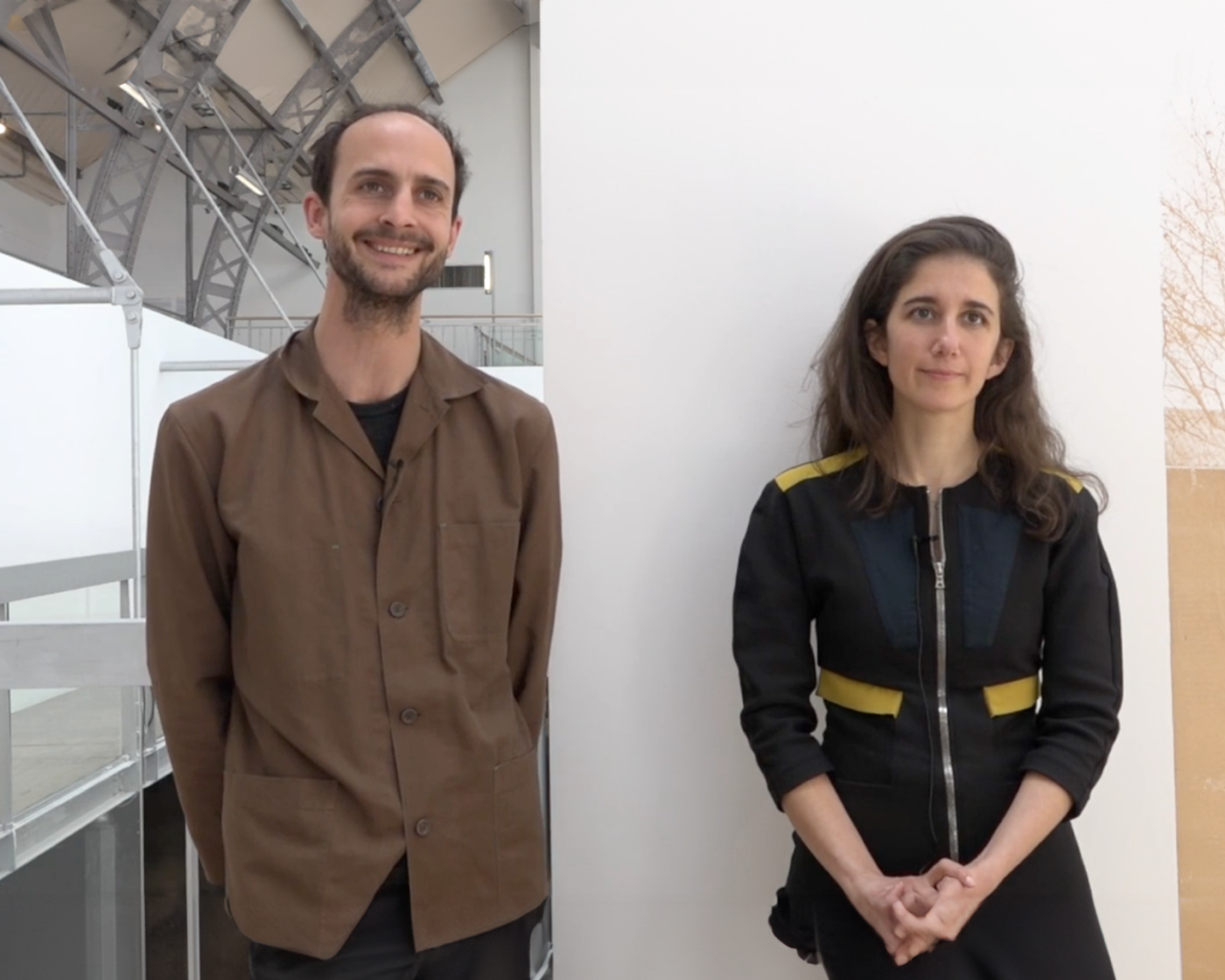
Animals in Paris
As part of the Paris Animal exhibition currently on show at the Pavillon de l’Arsenal in Paris, the two curating architects, Léa Mosconi and Henri Bony, look back at the genesis of their project: to retrace the history that links animals to the capital’s urban fabric.
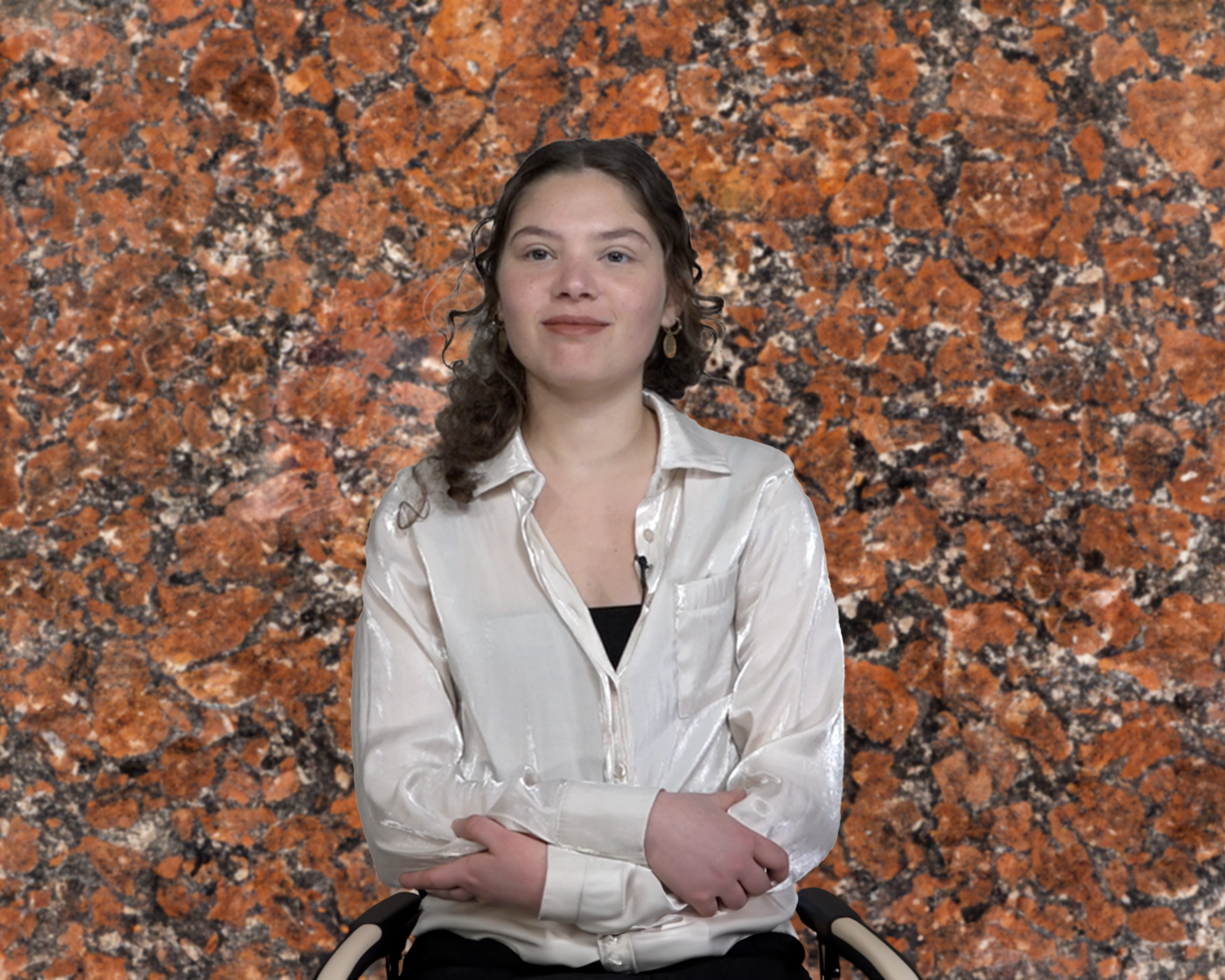
The eco-acoustic landscape of La Défense
Landscape is not just a matter of shapes and colors. It also emanates from the sensitive perception of a sound environment, however urbanized it may be. This is what Sara el Samman defends in her diploma project, awarded by the Fédération Française du Paysage. Would La Défense be the same without the sound of heels on flagstones?
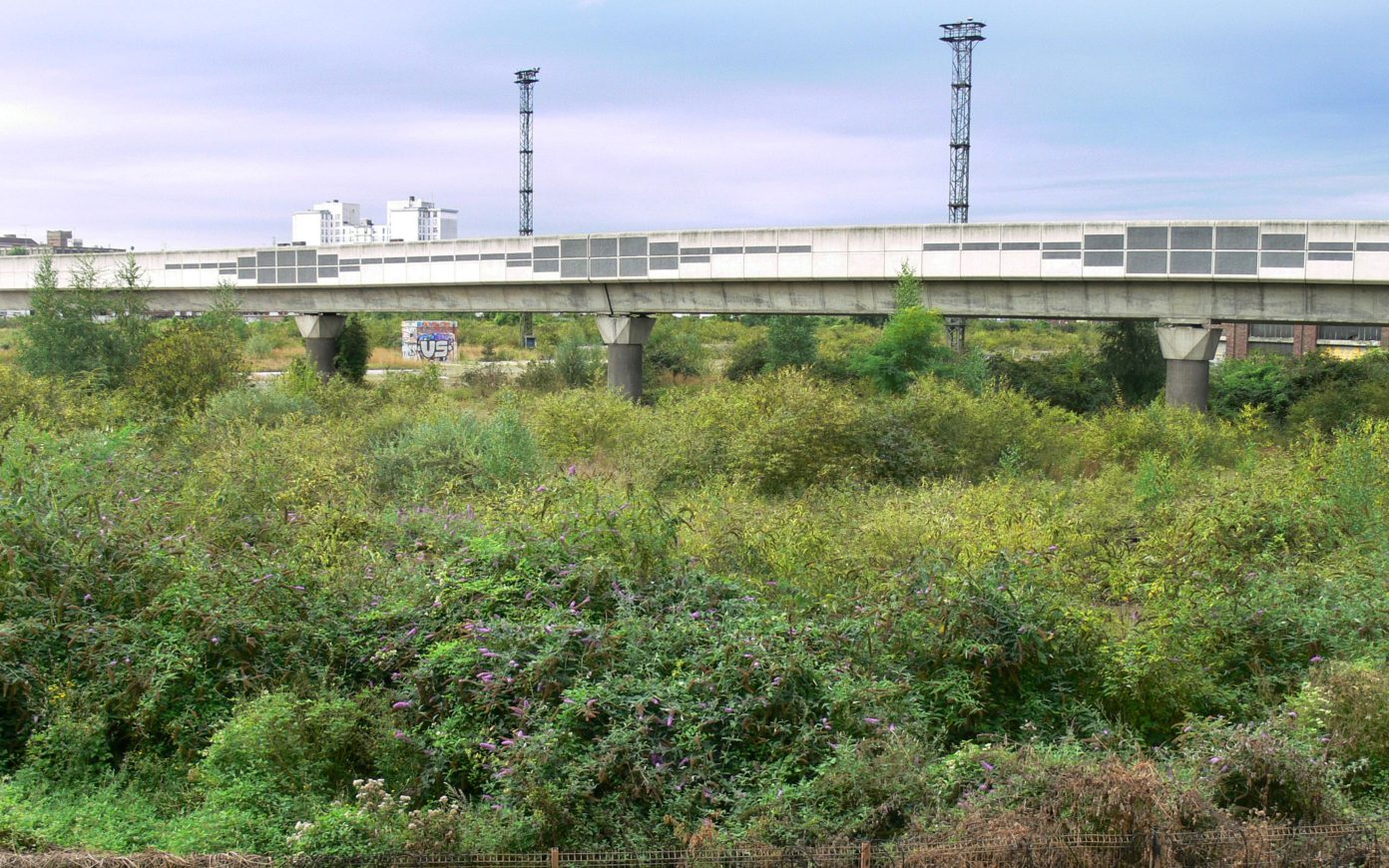

Exotic trees in the City
Botanist Serge Muller, a professor emeritus at the French National Museum of Natural History, is a specialist of “invasive alien species.” He discusses the concept of “nativeness” and lays out the contours of a policy opening cities to new tree species that could become important allies in coping with global warming. Based on an interview conducted in partnership with Coloco.
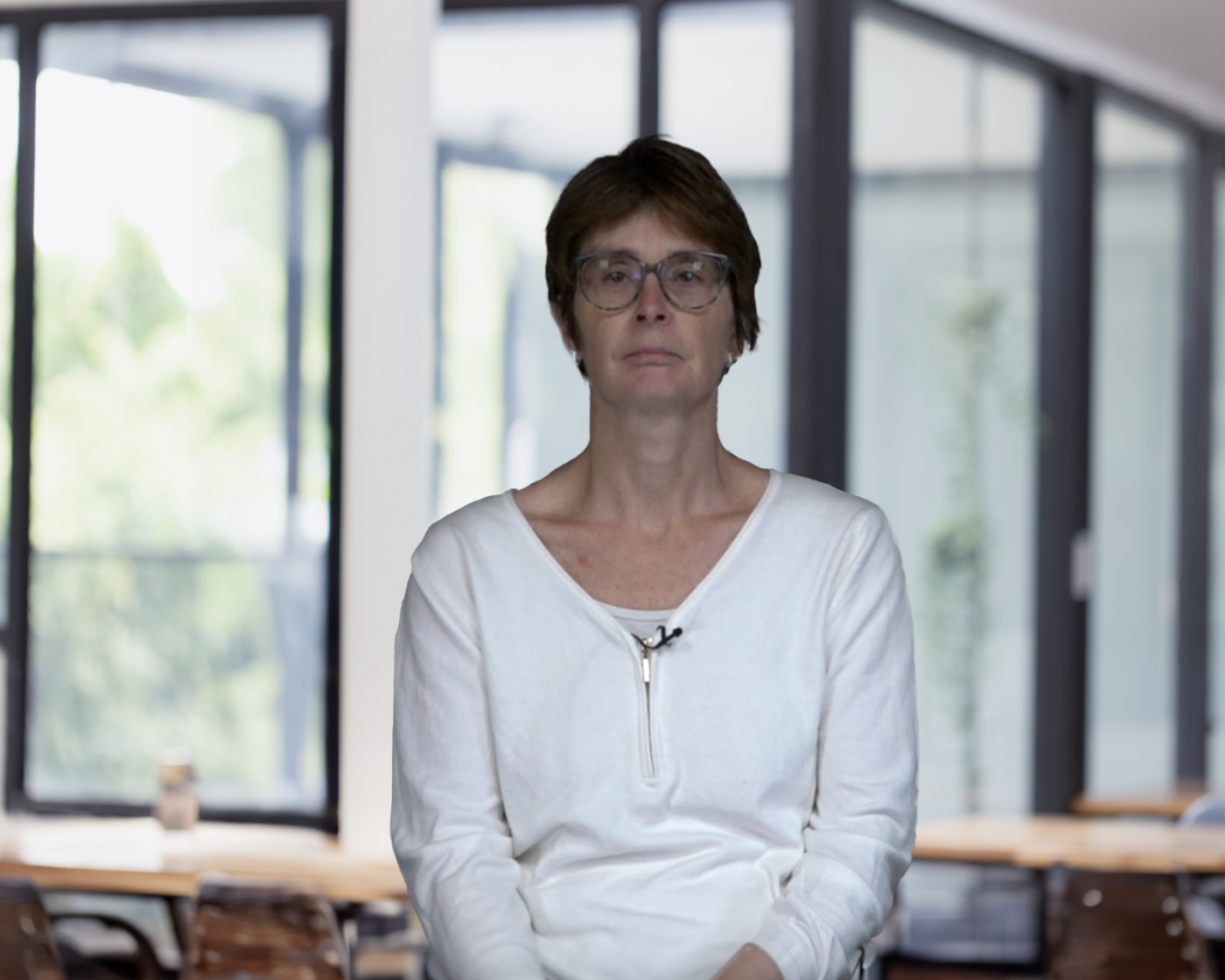
Modeling the City Using Proteins
Researcher Claire Lesieur works at the CNRS Ampère Laboratory on the Go Pro project, which applies a computational model developed for protein folding to urban environments. The shape-changing properties of proteins are put to use in an attempt to map out the opportunities for urban growth that don’t involve urban sprawl.
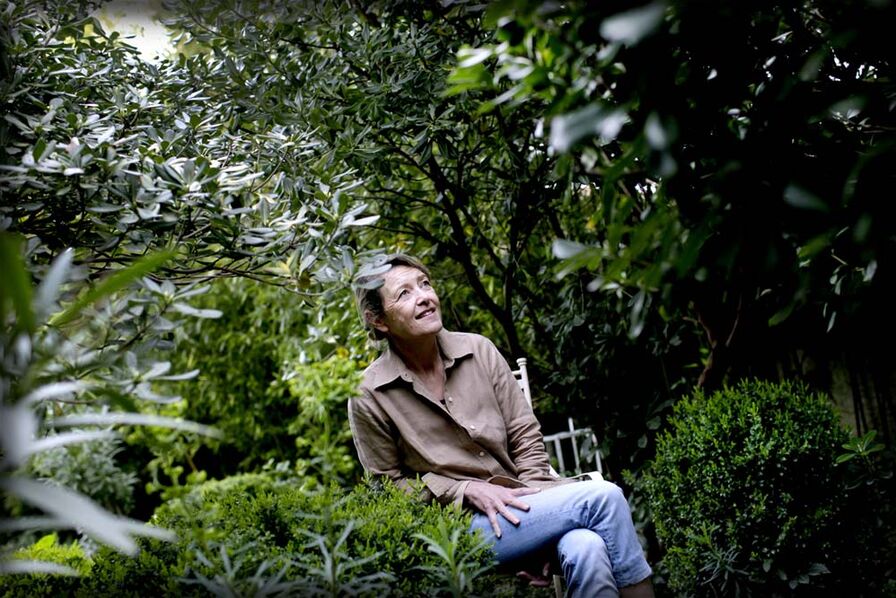
Root gardening
To understand the living, you need to understand the invisible. This is what Véronique Mure, a botanist specializing in Mediterranean landscapes, is convinced of. By focusing on the relationship that people have with plants, she raises awareness on the importance of soil and roots and invites us to take care of them, like gardeners.
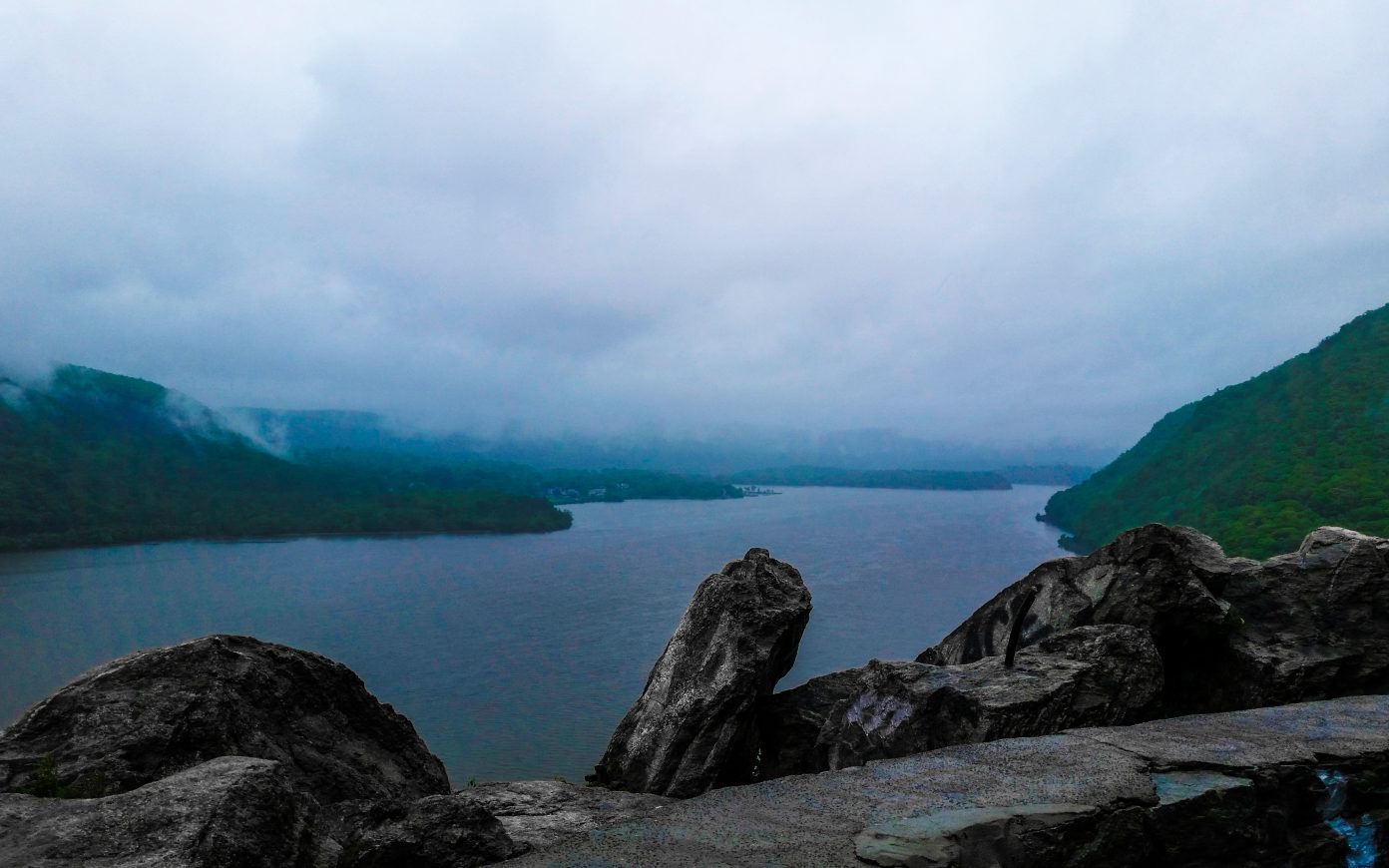

Are we in the midst of monetizing nature?
Virginie Maris is an environmental philosopher. In Nature à vendre – les limites des services écosystémiques (Nature for Sale – The Limits of Ecosystem Services), she questions the relevance of monetary valuation of services rendered by nature. You would never calculate how much your relationship brings you, so why do it with nature? Extract from the article Considering Separation Beyond Dualism, published in Stream 05: New Intelligences
“ A Canopy Plan to reduce urban heat islands. ”
“ A Canopy Plan to reduce urban heat islands. ”
Nature-based solutions
Frédéric Ségur is the head of the Landscape and Urban Forestry department at Lyon metropolis. There, he is in charge of the Plan Canopée, and ensures that policy actions related to water, plants, and climate are aligned. He alerts us to the fact that we must reclaim the lost knowledge of urban plantations and tree care. READ THE TRANSCRIPT
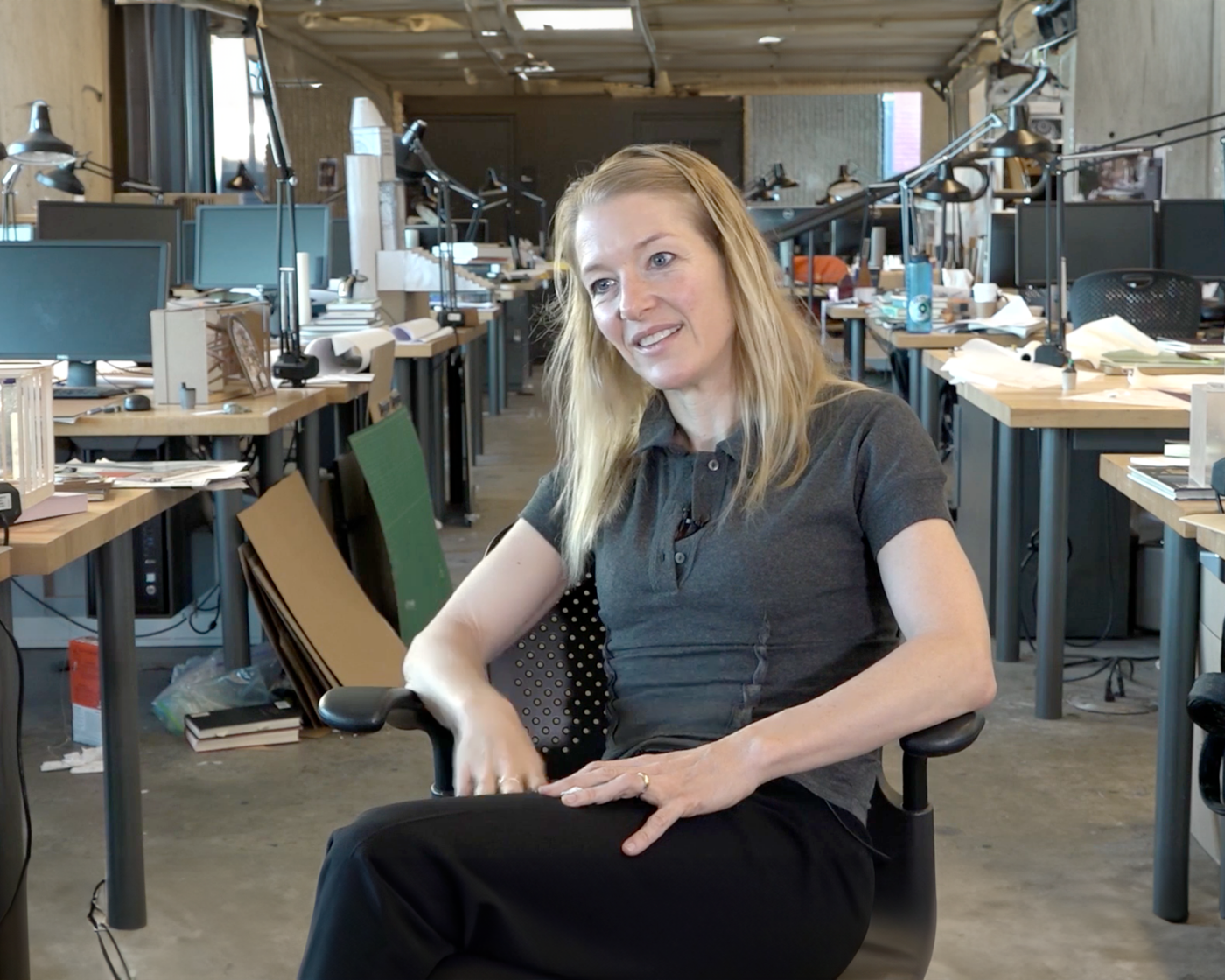
Building for the living
Criticizing architecture’s anthropocentrism, Ariane Lourie Harrison expands on the concept of a post-human architecture, which she teaches at Yale. An interactive architecture thus arises, putting technology at the service of a “new nature” so that façades can provide refuge to birds and pollinators.
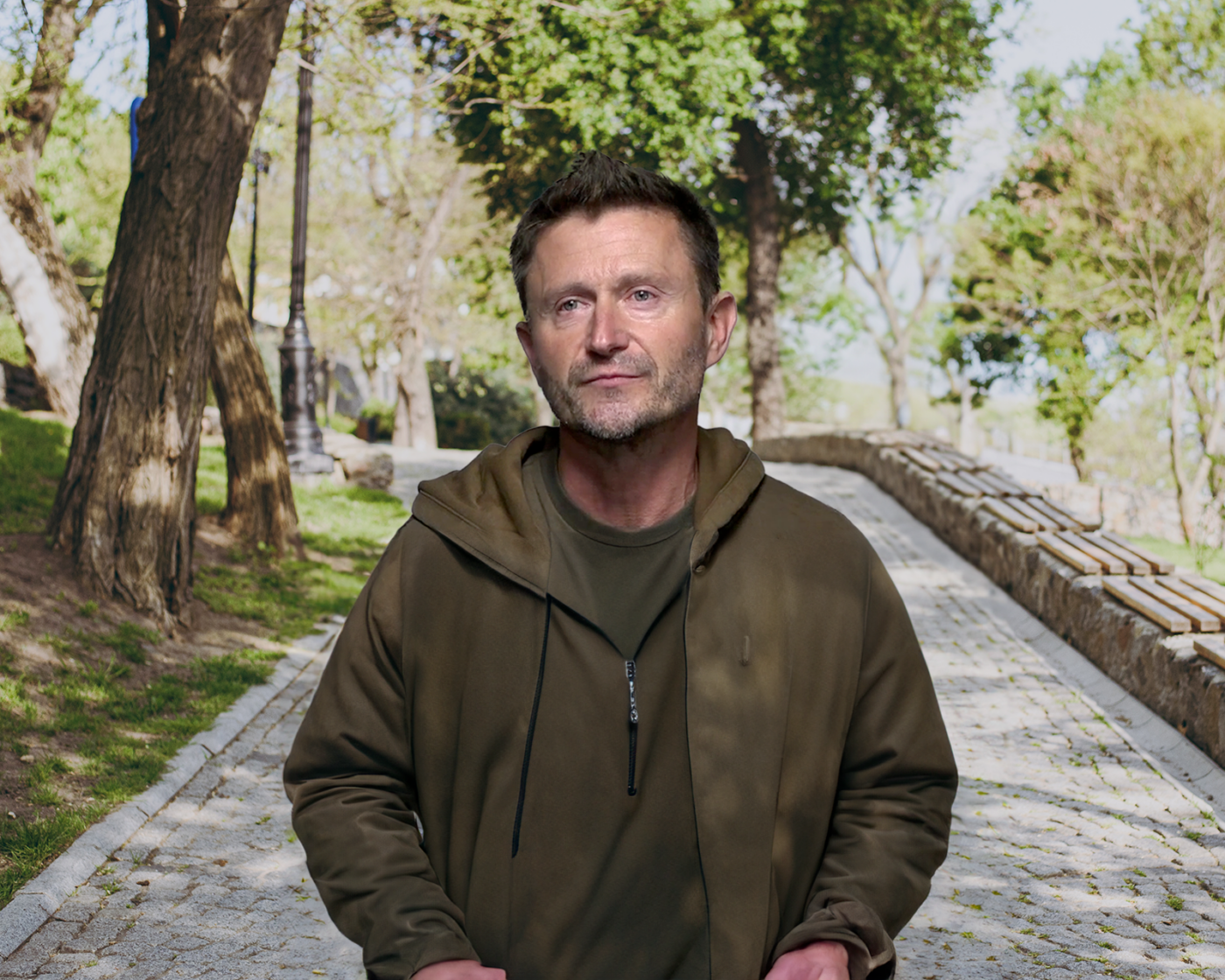
Rootless gardens
Pierre Kerrand is a nursery manager specializing in the cultivation of plants of the Tillandsia genus. These are specifically selected for better adaptation to our latitudes and to meet our needs. They produce colorful flowers and can withstand both drought and moisture, as well as variable temperatures. They require no maintenance and, most importantly, thrive without any need for soil and are very effective at remediating air pollution.
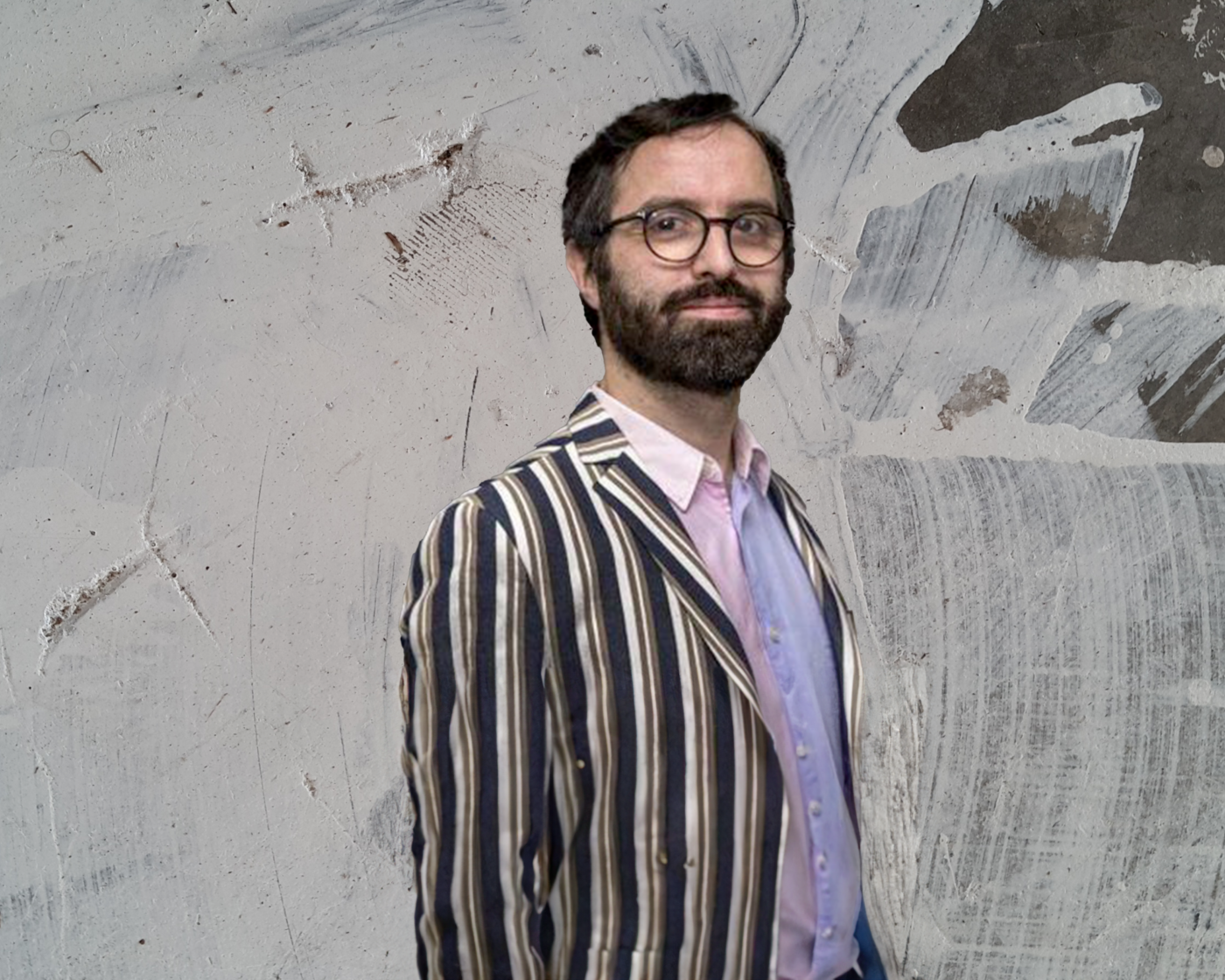
Urban metamorphosis
A specialist of the living, philosopher Emanuele Coccia imagines how architects could make the cohabitation between species possible without necessarily having to carry out an act of ecological repentance or abandoning modernity. A “building as a forest” and a city as a natural reserve are a few examples of the irruption of fantasy within the city.
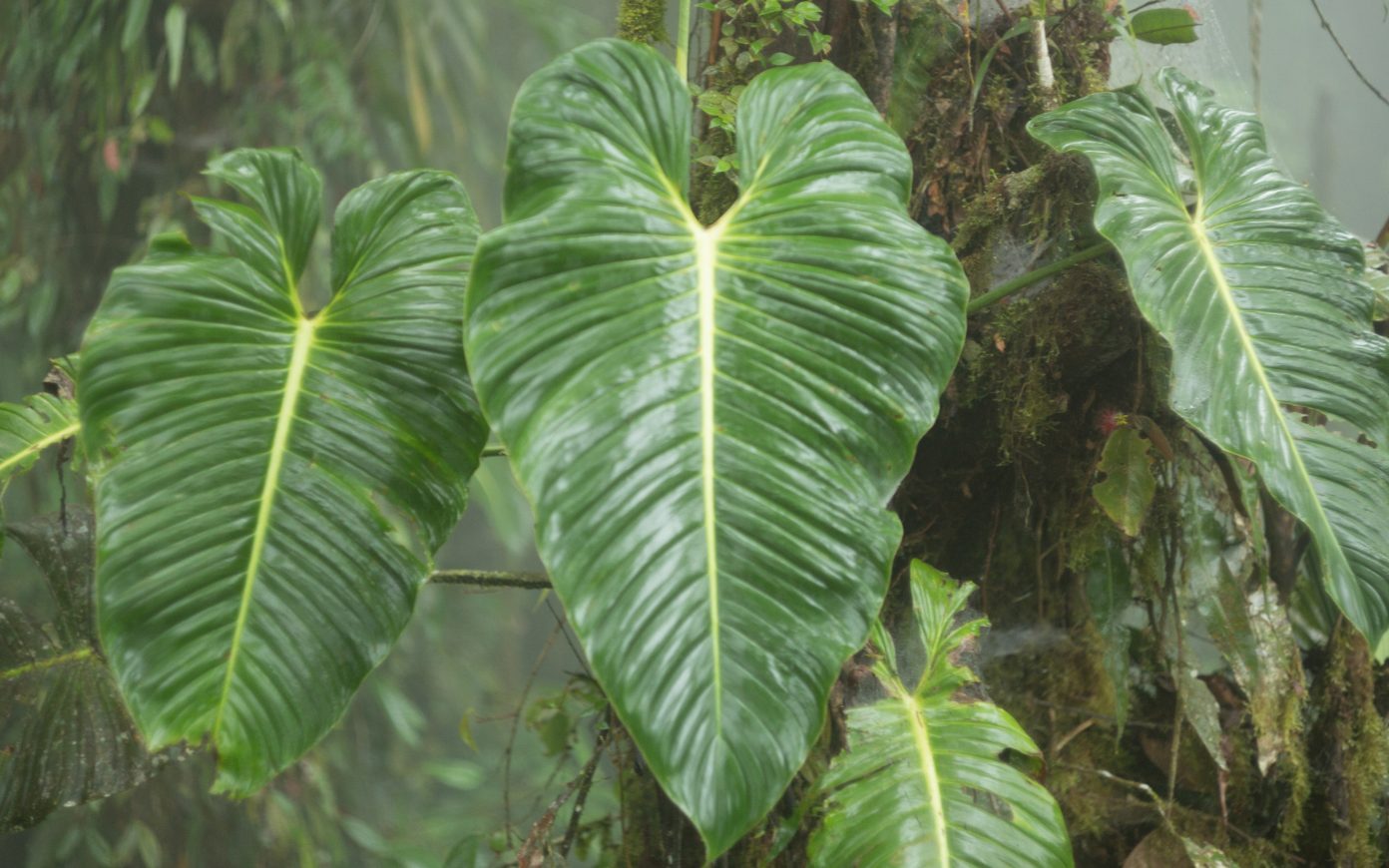

The language of forests
The anthropologist and author of How Forests Think (University of California Press, 2013) recounts his Amazonian experience among the Runa people in order to convey to our Western minds the idea of a language that can go beyond words and symbols. A language that connects the beings of the forest, both human and non-human. A language that we seem to have forgotten…
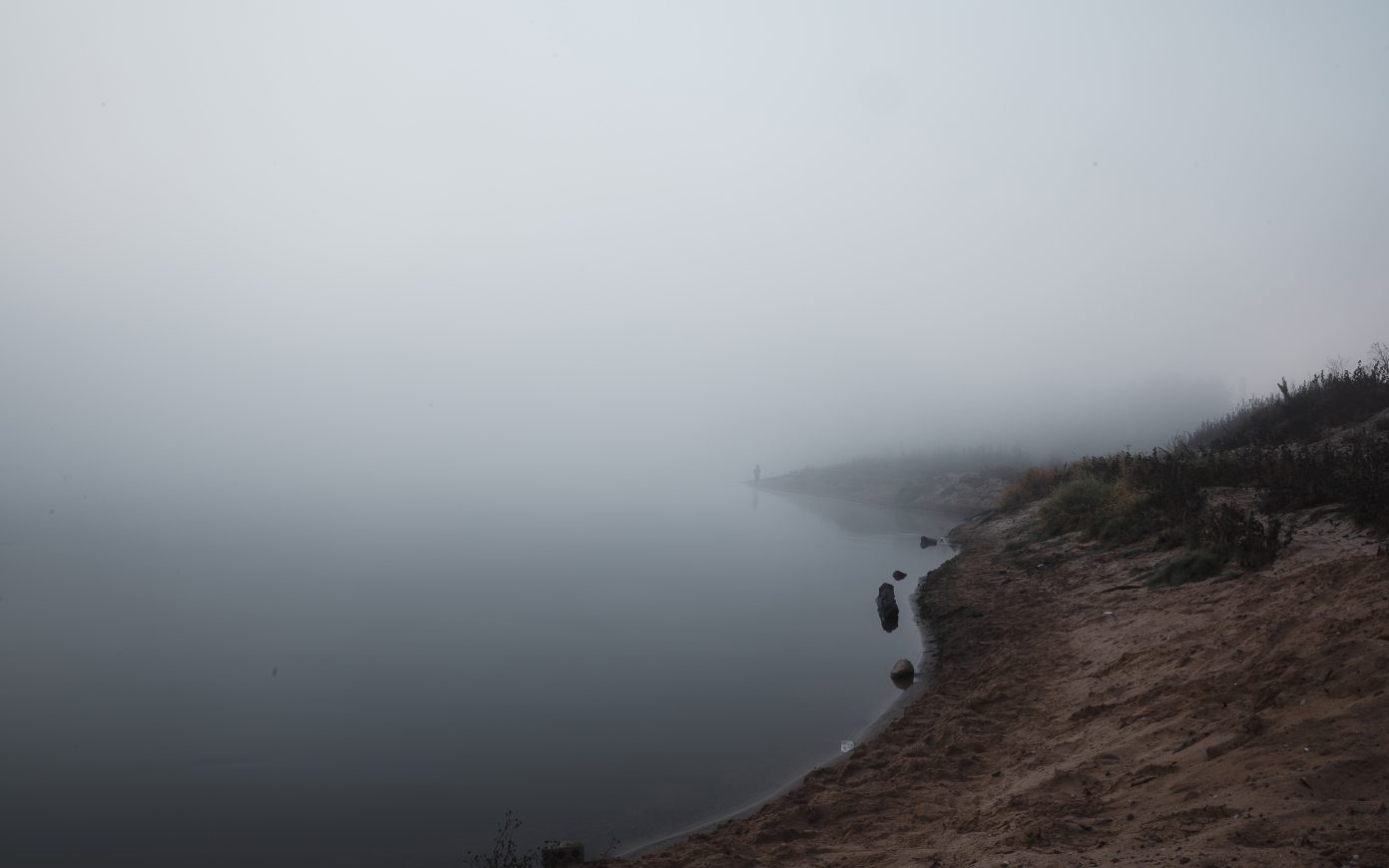

Considering Separation Beyond Dualism
The environmental crisis and the realization of the Anthropocene have fundamentally altered the way we relate to nature. Dissenting with the idea that nature is “dying” and opting for the idea of a generalized hybridity, Virginie Maris advocates keeping a separation—which she distinguishes from dualism—between man and nature, as a radical otherness worthy of attention, care, and respect. This vision of nature as the “wild part of the world,” free from human intentionality, helps put into perspective renaturation and rewilding processes, but also criticizes the notion of ecosystem services, in particular due to their dimension of commodification of nature and their contingency on an ideology of economic growth.
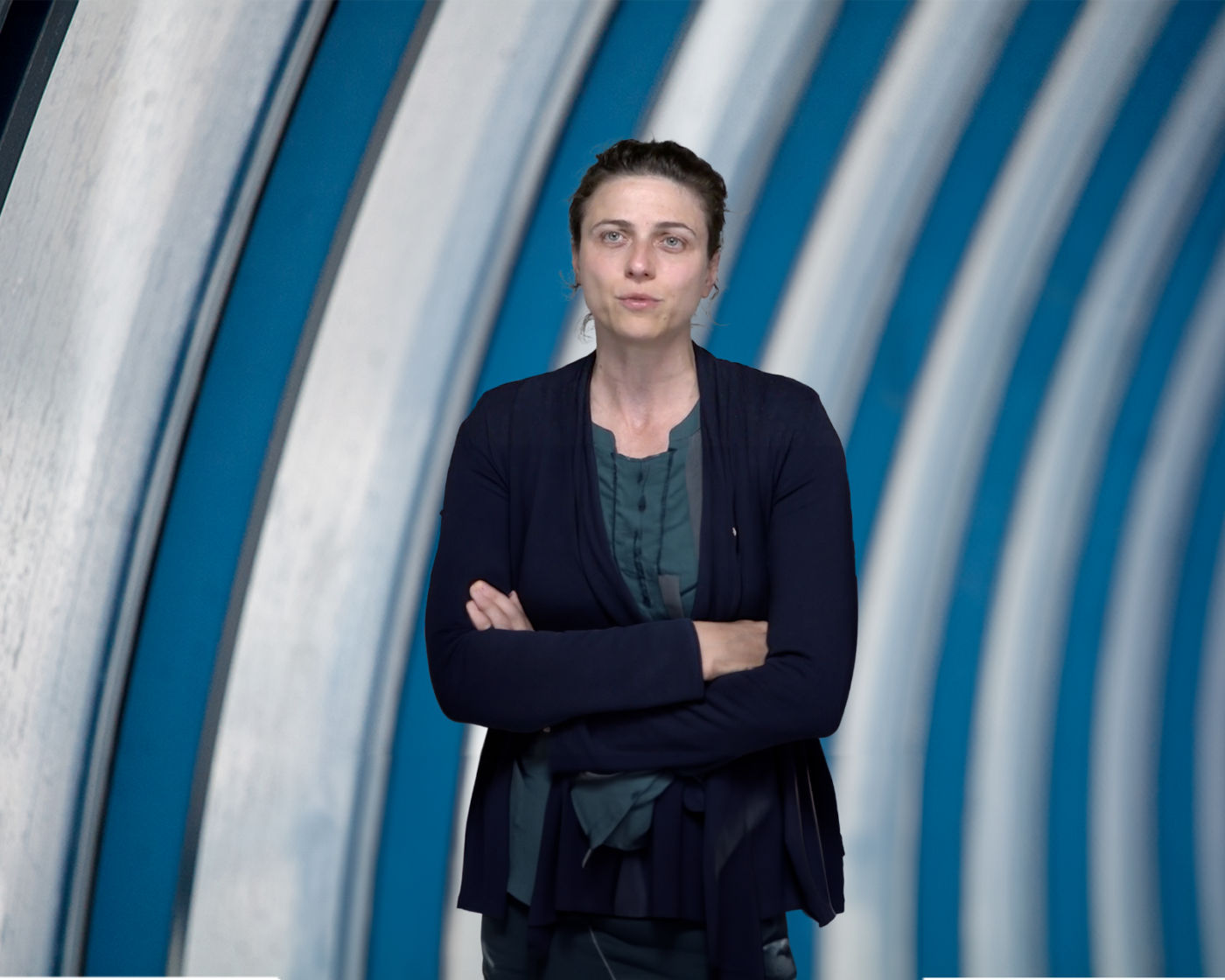
Paving the way for the future through biomimicry
Kalina Raskin is the head of Ceebios, the Center for Studies and Expertise in Biomimicry. Her ambition is to accelerate the R&D in biomimicry in France and turn it into an efficient driver of the ecological transition, reconciling biodiversity, innovation, and the economy.
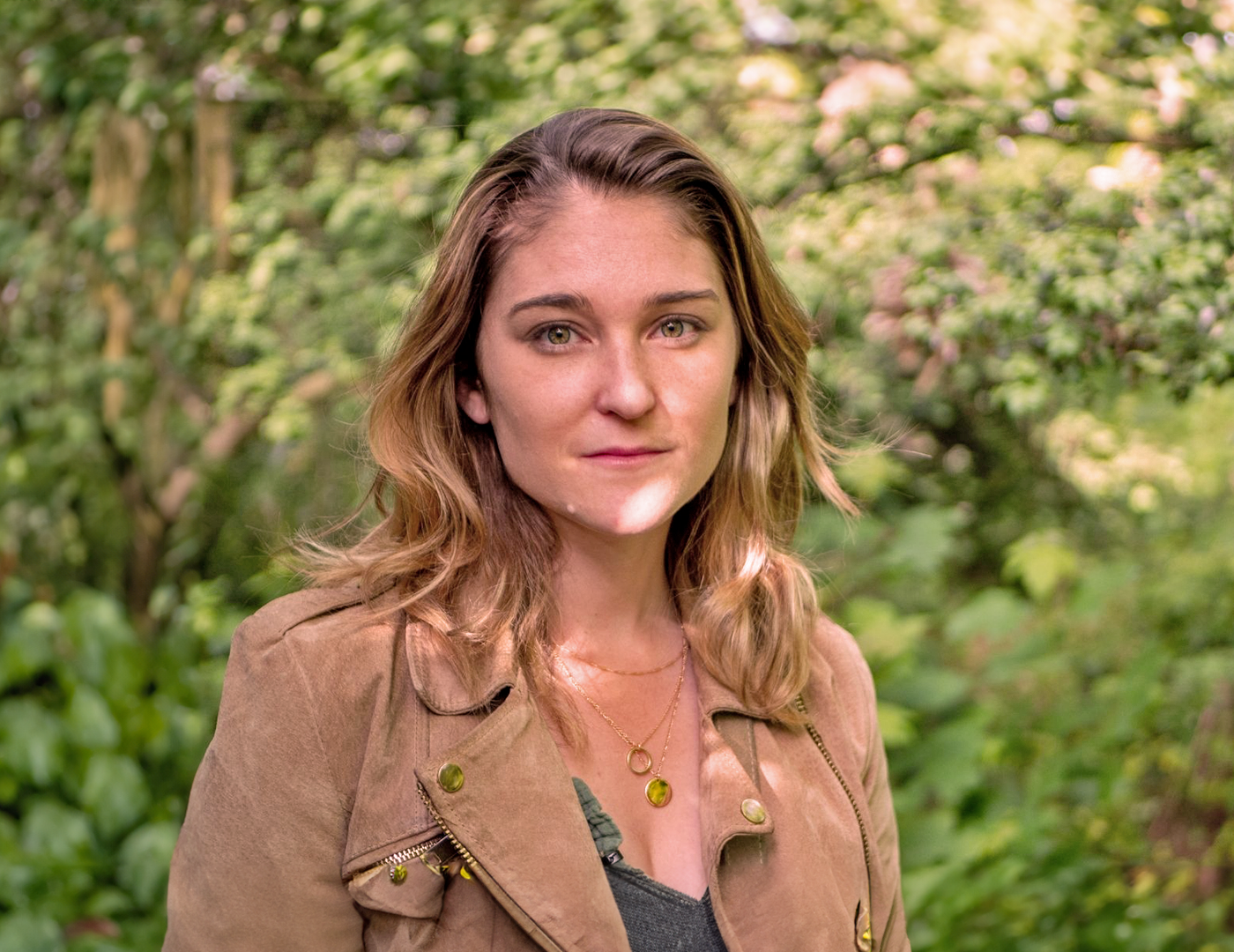
A new legal framework for nature
Marine Calmet is a lawyer specializing in environmental law. Her commitment to fight against the devastation inflicted on ecosystems and local populations by industrial actors has led her to co-found Wild Legal, a nonprofit/school that organizes moot courts simulating trials where nature would hold new rights.
Explorer Tous les axes de recherche
 stream voices
stream voices
Eager to share more generously the results of its collaborations and research, PCA-STREAM publishes STREAM VOICES, its online magazine!